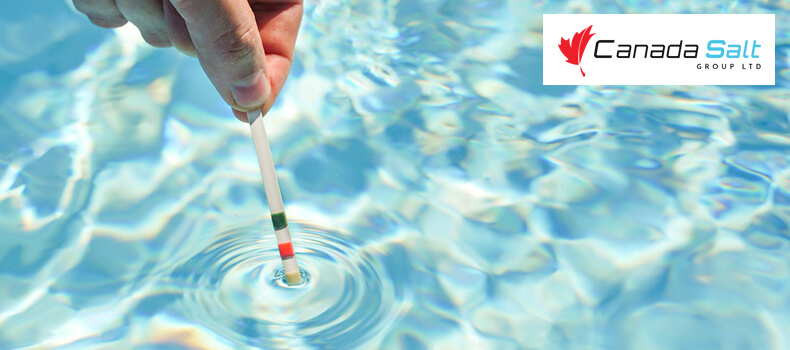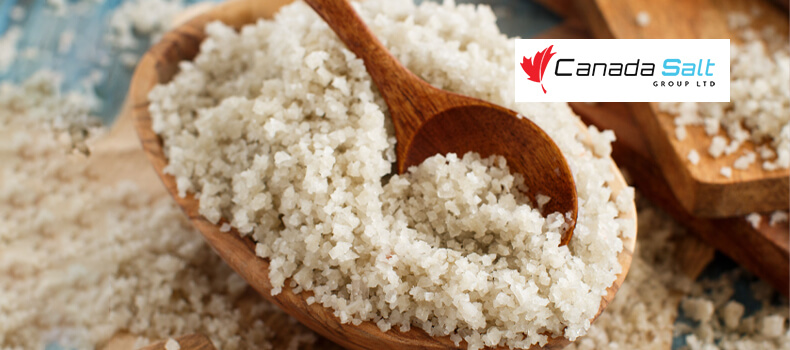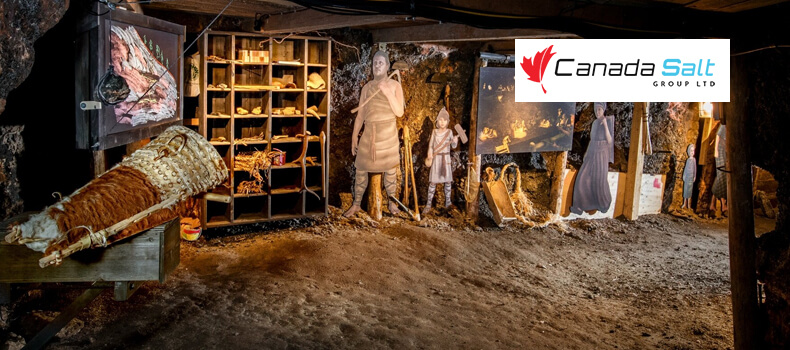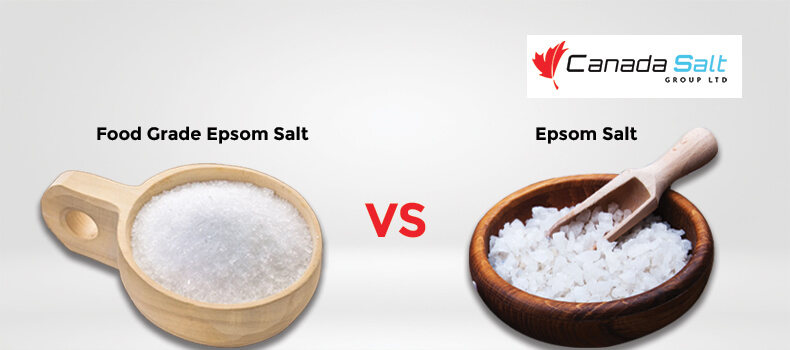How to Raise Free Chlorine Levels in a Salt Water Pool?
If your pool’s chlorine level is low, raise it to a level between 1 and 4 ppm for the best swimming conditions. If your pool’s chlorine level is at or below one ppm, your water isn’t sanitized, which could promote the growth of algae and bacteria. This article explores how to raise free chlorine levels in a salt water pool and learn what causes it.
What is Free Chlorine?
The quantity of chlorine available for sanitizing your pool’s water is known as free chlorine. In other words, chlorine can still kill contaminants and hasn’t been completely used. Bacteria and other potentially harmful bacteria can accumulate in water without free chlorine. It would help to have free chlorine concentrations of 1 to 3 ppm.
Combined chlorine is chlorine that has already been used up from fighting contaminants in water. You shouldn’t have more combined chlorine than 0.5 ppm. If the combined chlorine concentration rises too much, your chlorine will lose its effectiveness and produce that unique chlorine smell.
What Causes Low Free Chlorine Levels?
Knowing what caused the free chlorine to drop in your pool is the first step in increasing it. Additionally, several causes may be responsible for sudden or constant low free chlorine levels.
Heavy Pool Use
The more swimmers and times you use the pool, the more impurities the chlorine will need to fight. Over time, sunscreen, pollution, and even skin oil might make your chlorine less efficient. To keep your free chlorine levels high and water sanitized, shock your pool once a week, especially after parties.
High Chlorine Demand
A lot of sanitization can be done with chlorine. To effectively sterilize the water, you’ll need additional chlorine if there is a high bather load or a lot of debris. Your pool water will require more chlorine, the more impurities you need to deal with in the water. When your pool’s water is left untreated and stagnant over the winter, chlorine demand is most common. Chlorine demand can also be caused by heavy rain, particularly if your yard experiences overflow. Triple shock your pool using calcium hypochlorite, and cal-hypo shock, to reduce chlorine demand.
Increased Organic Contaminants
A long time of heavy rain can raise impurities in your pool’s water, quickly reducing your free chlorine because it tries to disinfect the water by attaching it to everything. After a storm, make sure to shock your pool and remove any debris from the water, especially if there has been an overflow.
Refilling the Pool with Fresh Water
Your pool’s water chemistry may be thrown off if you have added fresh water. Less sanitized, balanced water with the right amount of pool chemicals results from using more fresh water.
Low Cyanuric Acid Levels and Sunlight
Your chlorine levels will lower in the sunlight if you use unstabilized chlorine to sanitize your water. That’s because if your chlorine doesn’t have a stabilizer, the sun’s rays will cause degradation. Regularly check your cyanuric acid levels and apply a chlorine stabilizer to prevent chlorine from degrading in sunlight.
Very High Cyanuric Acid Levels
Excessive CYA levels may hamper the efficiency of your chlorine. High CYA will reduce the efficacy of chlorine in sanitizing water. Your cyanuric acid will regularly rise if you use 3-inch chlorine tablets. By testing them frequently, ensure your CYA levels remain between 30 and 50 ppm.
Not Adding Enough Chlorine
Lack of regular chlorine addition to the water is one of the basic causes of low free chlorine levels. Chlorine won’t enter the water if you add pills to your skimmer when your pump quits. In addition, if you use a chlorine floater, ensure it contains enough chlorine to cover your surface area.
Less Salt Level in Your Salt Water Pool
Your pool may need more salt if you utilize a saltwater generator and your chlorine levels are low. A specific salinity is necessary for your salt cell to work properly. To ensure that your salt levels are within range, test the salinity of your pool every month. Additionally, make sure to check the functionality of your saltwater generator regularly.
Raising Free Chlorine Level In a Saltwater Pool
Increase the free chlorine available in your saltwater pool just like in a pool with a traditional chlorine system.
- Use safety equipment like gloves and your protective eyewear.
- Wait until evening or night until the water gets settled
- Turn on your skimmer or filter.
- Depending on the type of product you’re using, pour in your shock.
In your saltwater pool, you can use shock pods or granular shock. Remember to disperse any shock that sinks to the bottom with your long-handled pool brush. The main difference in saltwater pool care is the requirement for sufficient salt in the water for the salt chlorine generator to produce chlorine. You can check salt levels using particular test strips, or your system may include a digital indicator that glows red or green to show whether or not chlorine needs to be added.
Types of Chlorine Pool Shocks
There are various kinds of chlorine pool shock, and each one can impact the pH levels and other pool chemicals in the water. It’s important to remember that using a non-chlorine shock will lower combined chlorine but not free chlorine levels. Contaminants can be destroyed without chlorine using oxidation in a non-chlorine shock.
Traditional Chlorine Pool Owners: Apply Cal-Hypo Shock. The most potent chlorine shock currently on the market, cal-hypo, will help you rapidly raise your free chlorine levels. Since cal-hypo shock is unstabilized chlorine, you must add it to your pool at night to prevent it from being ruined by the sun’s UV rays. Before going swimming again, wait at least 8 hours. However, you’ll need to triple-shock your pool if you have a high chlorine requirement.
Salt Water Pool Owners: Implement sodium dichlor shock. Dichlor shock will help you increase your chlorine without sticking to your saltwater generator with a scale. Your levels of cyanuric acid (CYA) will also increase. Therefore, use liquid chlorine if your CYA levels are already high.
Conclusion
Maintaining proper free chlorine levels in a saltwater pool is essential for providing a safe and enjoyable swimming experience. By following the steps outlined in this discussion and addressing any factors contributing to chlorine demand, pool owners can effectively raise and maintain the ideal free chlorine range. Canada Salt Group Ltd is the largest salt supplier in Canada and has the best quality pool salt available in the industry. Contact us for a free quote.





